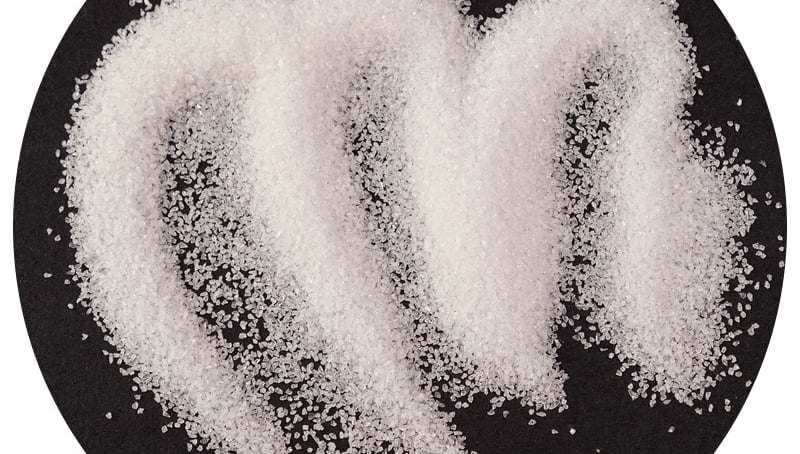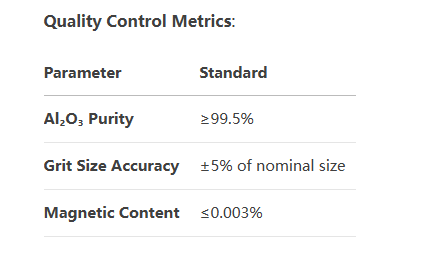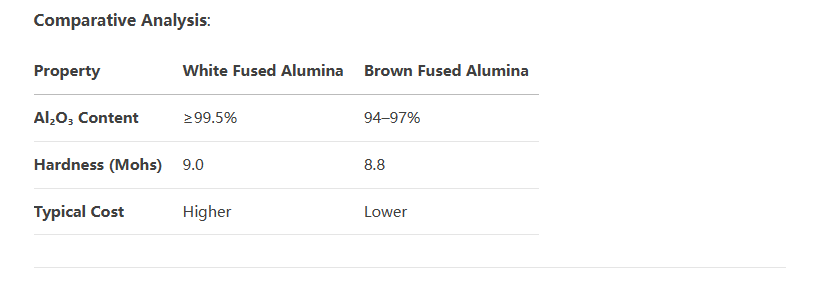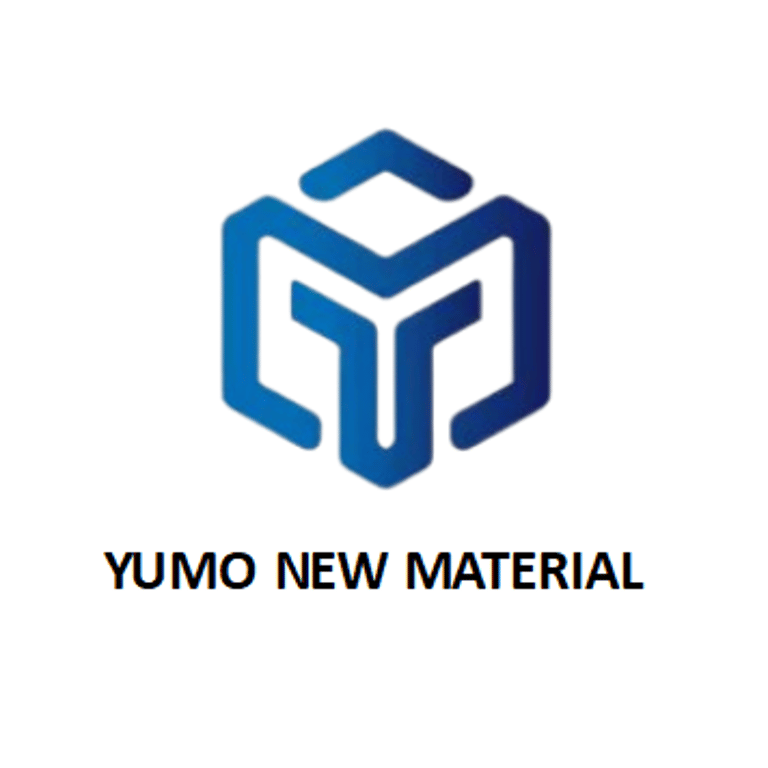What is white fused alumina
Discover what white fused alumina (WFA) is: its high-purity properties, manufacturing process, and applications in precision grinding, refractories, and 3D printing. Learn how to choose the right grit.
5/19/20252 分読む


What is White Fused Alumina?
A Complete Guide to Properties, Applications, and Selection
1. Introduction to White Fused Alumina (WFA)
White Fused Alumina (WFA), chemically known as α-Al₂O₃, is a synthetic abrasive produced by melting high-purity alumina (Al₂O₃ ≥99.5%) in an electric arc furnace at temperatures exceeding 2200°C. Its exceptional hardness (Mohs 9.0), thermal stability, and low impurity content make it a cornerstone material for precision grinding, polishing, and refractory applications.
Key Features:
High Purity: Al₂O₃ content ≥99.5%, minimal Fe₂O₃ (<0.05%), TiO₂ (<0.03%).
Angular Crystals: Sharp-edged grains ensure aggressive cutting and consistent surface finishes.
Thermal Resistance: Stable up to 1900°C, ideal for high-temperature environments.
2. Manufacturing Process of WFA
Step 1: Raw Material Selection
Bauxite Refinement: Calcined alumina is derived from high-grade bauxite (Al₂O₃ ≥85%) through the Bayer process.
Additives: Controlled amounts of borax (Na₂B₄O₇) or chromium oxide (Cr₂O₃) are added to optimize crystal structure.
Step 2: Electric Arc Furnace Melting
Temperature: Sustained at 2200–2400°C for 18–24 hours.
Cooling: Molten alumina is cooled slowly to form large, dense crystals.
Step 3: Crushing & Grading
Primary Crushing: Jaw crushers reduce blocks to 0–50 mm.
Milling & Sieving: Achieve precise grit sizes (F12–F2000) per FEPA/ANSI standards.
3. Technical Properties & Advantages
3.1 Mechanical Performance
Hardness: Mohs 9.0 (superior to brown fused alumina, comparable to silicon carbide).
Toughness: Higher than monocrystalline alumina due to interlocking crystal structure.
Density: 3.95–4.0 g/cm³, ensuring durability in heavy-duty grinding.
3.2 Chemical Stability
Acid/Alkali Resistance: Inert to most chemicals except hydrofluoric acid (HF).
Oxidation Resistance: No phase changes below 1900°C, ideal for refractory linings.
4. Industrial Applications of WFA
4.1 Precision Grinding & Polishing
Semiconductor Wafers: Ultra-fine WFA (F1200–F2000) achieves Ra ≤0.1μm surface finishes.
Optical Lenses: Minimizes subsurface damage in glass polishing.
4.2 Refractory Materials
Steel Ladle Linings: WFA aggregates (1–3 mm grit) enhance thermal shock resistance.
Ceramic Fibers: WFA powder reinforces high-temperature insulation.
4.3 Advanced Manufacturing
3D Printing: WFA-coated nozzles resist abrasion in metal AM systems.
Aerospace: Used in turbine blade grinding for tight tolerance control (±2μm).




